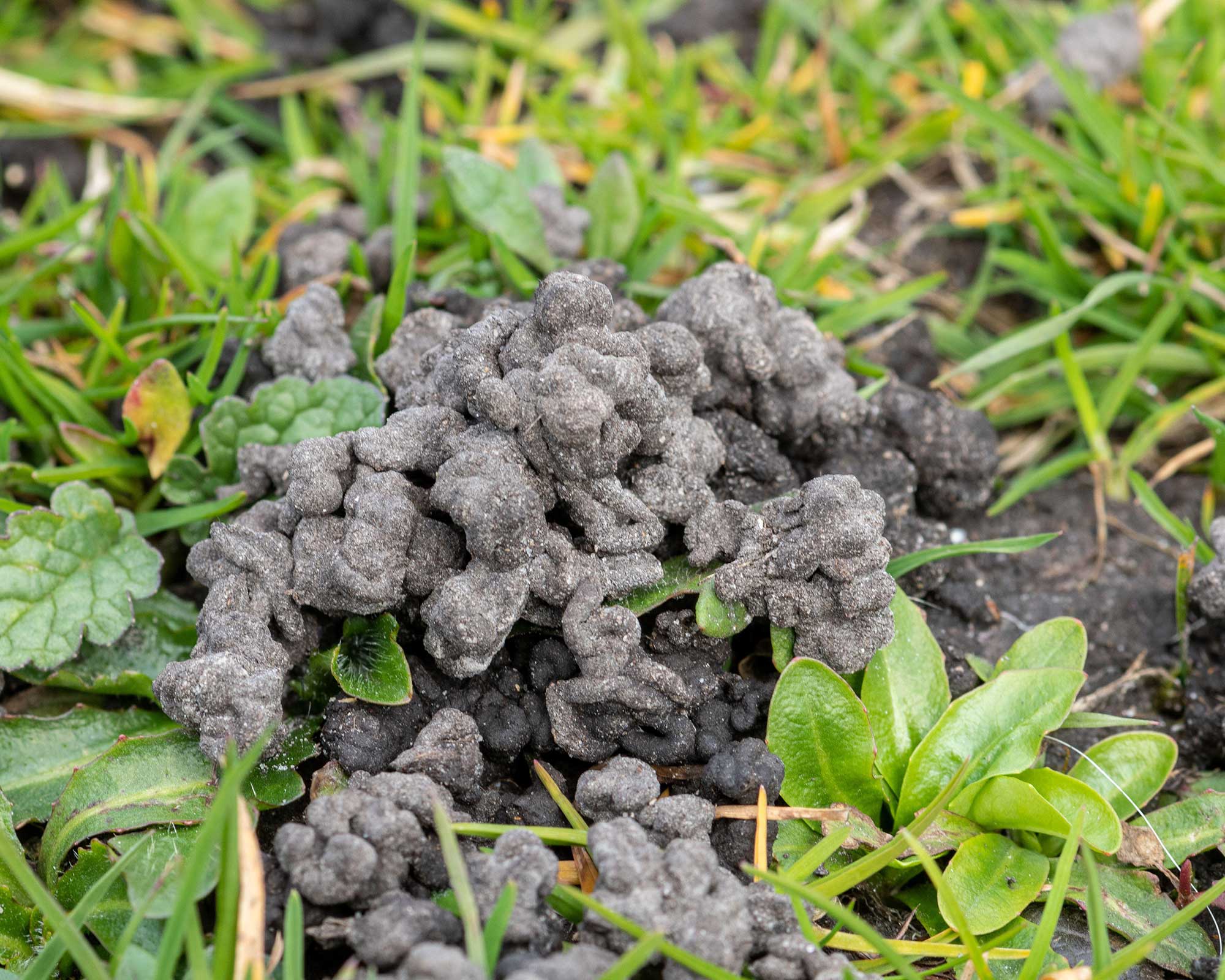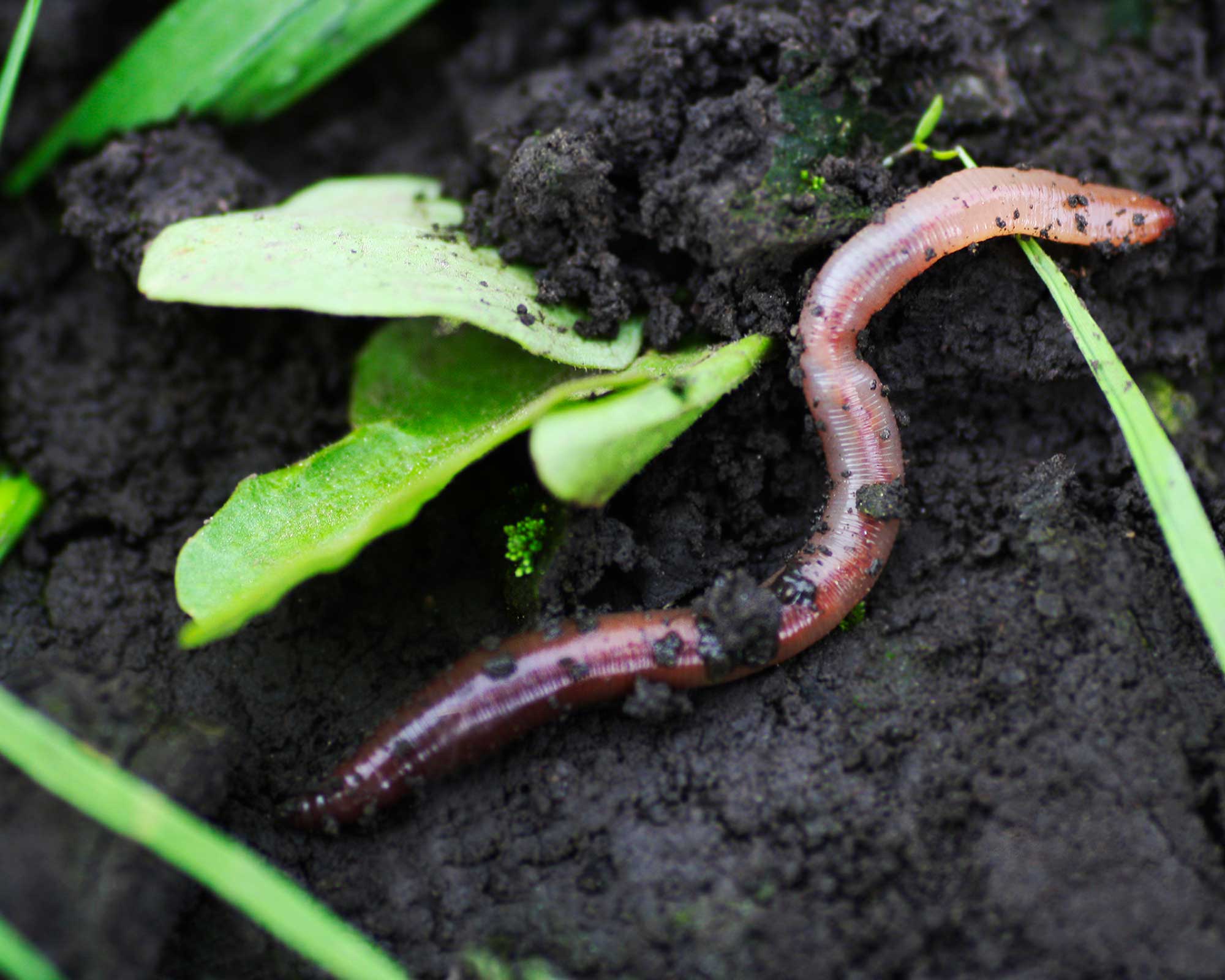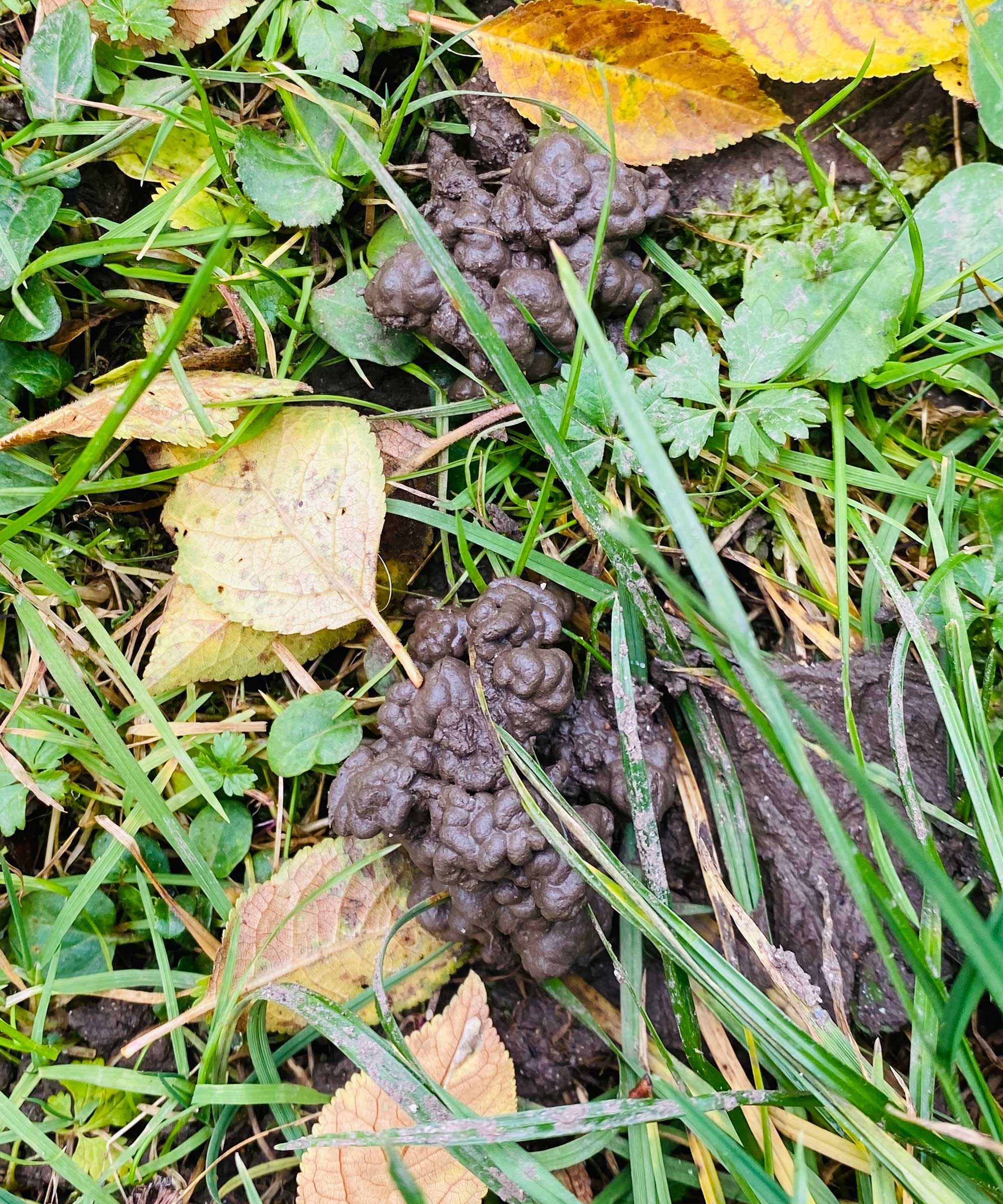Worm castings on lawns: how to deal with this unsightly problem
Worm castings on lawns can ruin their otherwise pristine look – we explain what to do about them


Worm castings on lawns are one of those niche garden problems that you may not have known existed – that is, until it starts to affect your plot. And once you do spot this issue, you will probably want to take action to rid of it, particularly if you're fond of a pristine stretch of green.
In moderation, worms can be very beneficial to a lawn, helping to aerate it and encouraging a good sward. However, their casts – small heaps of soil that they can eject onto the surface of the lawn – are unsightly and create a muddy appearance. Plus, they can encourage weeds to grow.
To help you deal with worm castings and keep your turf looking tip-top, we've rounded up some lawn care tips from the experts, as well as advice for preventing it from happening in the first place.
What are worm castings on lawns?
Most gardeners will be familiar with earthworms. These wriggly creatures feed on dead plant material as they burrow through the ground, and, as the RHS explains, they ingest a certain amount of soil while doing so.
In some species, mainly Aporrectodea and Lumbricus, this soil is deposited from their digestive tract as castings. These small mounds are usually left underground out of sight, but sometimes they can be deposited on the surface of turf, spoiling the look of more formal lawn ideas.
This tends to be most noticeable in early spring and fall, however, the problem can continue throughout winter in milder regions.

How to get rid of lawn worm casts
Spotted worm castings on your lawn? 'Avoid treading on them,' says John Negus, a gardening expert from Amateur Gardening. This will only lead to muddy patches primed for moss and other plant intruders to grow – not ideal if you're trying to tackle how to get rid of lawn weeds.
On a dry day, you can disperse any that you see (as long as they've dried) with an old-fashioned broom. Or, remove them by swishing the upturned head of a wire rake from side to side over the top of them.

How to prevent worm castings on lawns
Worm castings on lawns can be a minor inconvenience, but in excess, you may want to take further action than simply brushing them away.
Worms are attracted to lawns with a high organic content, explains the Amateur Gardening experts. According to John Negus, the best way to reduce the problem with worm castings is to feed the grass with lawn sand. 'This contains sulfate of ammonia, an acid and nitrogenous fertilizer that is disliked by worms, so they move away from it.' Apply it every five or six weeks from mid-spring until late summer. 'Your lawn will be lush, and the worms' casts should no longer be a problem.'
There are also dedicated organic products available, such as CastClear®, available on Amazon. These can help to acidify the soil, which is said to help deter the worms. 'For a soil acidifier to be effective on clay soil, spike it first with a hollow-tined aerator, and work in sharp sand to improve drainage,' says John.
According to the RHS, reducing food sources, such as clippings and fallen leaves, has also been suggested as an approach to reducing earthworm numbers. So, in fall, be sure to rake leaves up – you can put them to good use by learning how to make leaf mold.

Can you collect worm castings to use as compost?
If you've looked into worm composting, you may well be wondering if you can put those castings on your lawn to good use.
The good news is that you can. Although there is unlikely to be enough to treat large flower beds or borders, some gardeners add them to potting mixes for a boost of beneficial nutrients.

The garden was always a big part of Holly's life growing up, as was the surrounding New Forest where she lived. Her appreciation for the great outdoors has only grown since then. She's been an allotment keeper, a professional gardener, and a botanical illustrator – plants are her passion.
